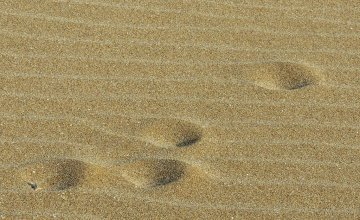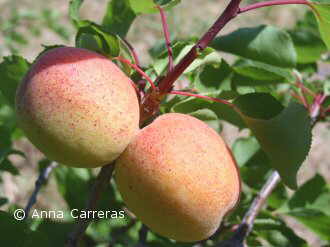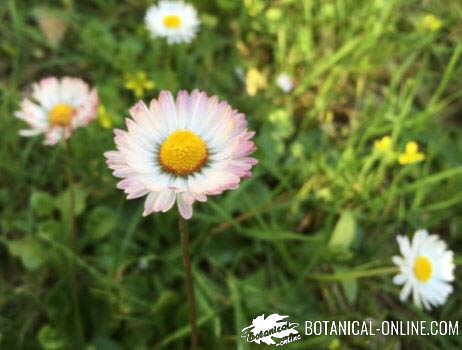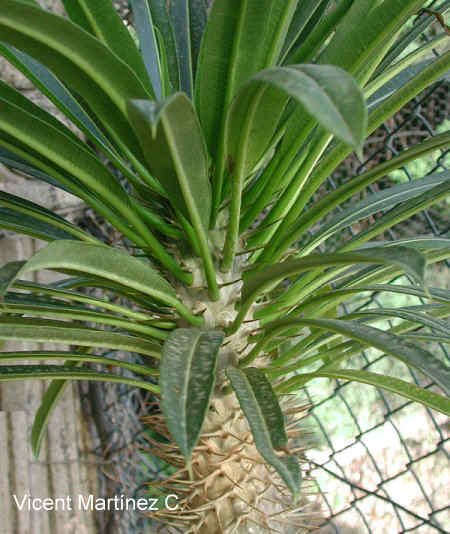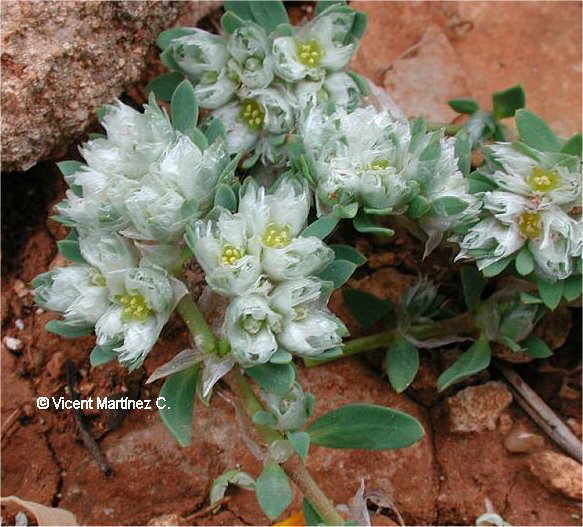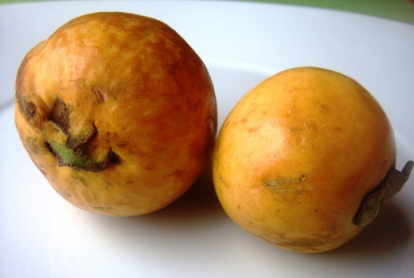Contents
- 1 How to make mint oil for massage, migraine and other remedies
- 1.1 Properties of mint oil for pain and anti-inflammatory
- 1.2 How to prepare a mint oil?
- 1.3 Preparation of peppermint oil for muscle massages (concrete areas)
- 1.4 Mint oil for migraine
- 1.5 Mint oil for general massages, on non-sensitive skin
- 1.6 Peppermint oil for general massages, on sensitive skin or for massages for children
- 1.7 Precautions with the use of essential oils
- 1.8 Peppermint oil as a freshener
How to make mint oil for massage, migraine and other remedies
Properties of mint oil for pain and anti-inflammatory
The leaves of mint (Mentha piperita) are very rich in essential oil (3%), which has a high content of menthol (45-50%).
The pure essential oil of mint must be diluted before being used because it is very intense. To do this, mix a few drops of essential oil of mint in almond oil, olive oil or shea butter (previously melted in a bain-marie), as examples. This dissolution of the essential oil of mint is what is known as peppermint oil.
Peppermint oil consists of a medicinal ointment FOR EXTERNAL USE that is mainly used for the following purposes:
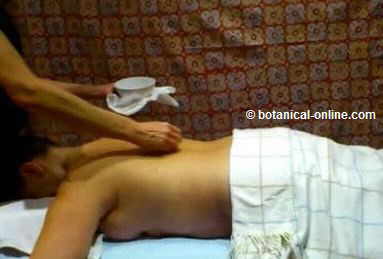
Peppermint oil helps treat rheumatic pain.
- Anti-inflammatory: Used externally is antiseptic, anti-inflammatory and refreshing, mint oil reduces swelling or inflammation caused by insect bites, the sensation of itching and flushing (bee stings, lice, fleas, mosquitoes, tiger mosquito, etc.).
- Pain: It has been proven that the topical application of peppermint oil has analgesic properties. It is suitable for many types of pain, such as those affecting the joints of rheumatics, and in problems of muscle pain, neck pain, back pain, muscle strains, after competitions in athletes, etc.
- Migraines: The highly diluted peppermint oil is used to relieve headache, especially in cases of migraine, that is, when the pain only affects a part of the head. (Impregnate a compress with the diluted oil and wet the temples).
How to prepare a mint oil?
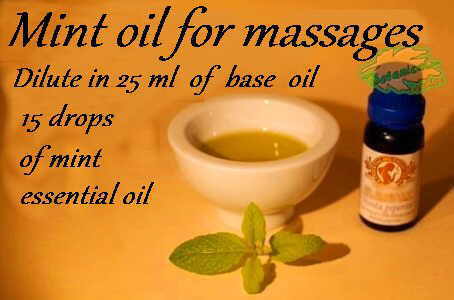
Elaboration of mint massage oil with base oil, such as almond oil, and mint essential oil..
Ingredients:
- Mint essential oil (mint essence)
- Base oil, for example sweet almond oil (it has good oiliness for massages and also has nourishing properties of the skin).
Preparation of peppermint oil for muscle massages (concrete areas)
To relieve rheumatic pain or inflammation, a 3% concentration of peppermint essential oil is used. Equivalent to 3 ml of peppermint essential oil per 100ml of base oil. Depending on the amount of massage oil you want to prepare, the homemade measurements are:
- In 1 tablespoon of base oil: dilute 9 drops of peppermint essential oil. For bumps or sprains, local massages on a muscle or painful joint.
- In 25 ml of base oil: 15 drops of peppermint essential oil. For massages to the whole back or to have prepared in greater quantity.
- In 50 ml of base oil: 30 drops of peppermint essential oil.
- In 100 ml of base oil: 60 drops of peppermint essential oil
Mint oil for migraine
Put a drop of peppermint oil on a handkerchief and get your temples wet. A diluted oil is recommended, in concentrations of 1% essential oil. It is equivalent to:
- In 1 teaspoon (5ml) of base oil: 1 drop of peppermint essential oil.
Mint oil for general massages, on non-sensitive skin
Generally, oil is recommended in concentrations of 2.5% essential oil. This means 2.5 ml of peppermint essential oil per 100ml of base oil. To prepare it is equivalent to:
- In 50 ml of base oil: 5 to 10 drops of peppermint essential oil.
- In 100 ml of base oil: 10 to 20 drops of peppermint essential oil.
Peppermint oil for general massages, on sensitive skin or for massages for children
A more diluted oil is recommended, in concentrations of 1% essential oil. This means 1 ml of peppermint essential oil for every 100ml of base oil. This is equivalent to:
- In 50 ml of base oil: 5 to 10 drops of peppermint essential oil.
- In 100 ml of base oil: 10 to 20 drops of peppermint essential oil.
Important: These oils should NOT be swallowed, in any case, due to the toxicity of peppermint oil in internal use. (more information)
Precautions with the use of essential oils
- The oils are better diluted if left to sit overnight.
- Preparations with essential oils are totally contraindicated in pregnancy. In these cases, for muscular pain (external use), remedies such as compresses dipped in a concentrated infusion of mint (not ingesting) would be more appropriate.
- To avoid adverse reactions, tolerance to an oil should be tested before using it to a large extent (for example, in muscular or back massage). Essential oils can be very irritating to the skin, especially in sensitive people.
- Essential oil should not be used in children under 6 years of age or in children under 12 years of age without consulting the doctor. Neither in people with allergies to the plants used.
Peppermint oil as a freshener
Peppermint oil has cooling and purifying properties of the environment. It is common to find this essential oil in the composition of air fresheners and incenses, diluted along with other fragrances in an alcohol or base oil. To spray environments or as a perfume, jojoba oil is recommended, which is less greasy than other types of oils.
It is a very suitable environment to stimulate study and concentration in libraries and student rooms. It is believed that the name of the plant could derive from the fact that it was formerly thought that mint strengthened the mind. It should be used diluted.
![]() More information on mint.
More information on mint.

